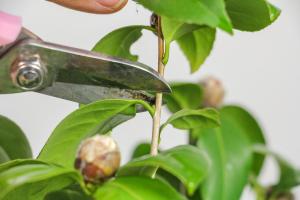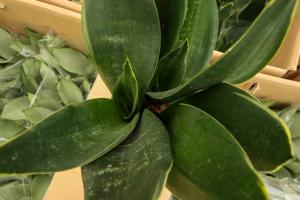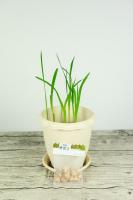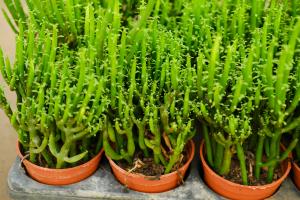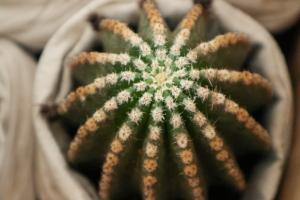Will Frozen Tomato Plants Come Back?
Tomato plants are a summer staple in many gardens, providing delicious and healthy fruit for salads, sandwiches, and sauces. However, unexpected freezes can damage both the plant and the yield. So, will frozen tomato plants come back? The answer is not definitive, as it depends on various factors. In this article, we will explore when and how tomato plants freeze, what happens to them, and what you can do to help them recover.
When and How Do Tomato Plants Freeze?
Tomato plants are sensitive to cold temperatures, as they originated in tropical and subtropical climates. Their ideal temperature range for growth and fruiting is between 70°F and 90°F, and they can suffer from heat stress and sunburn above 95°F. When the temperature drops below 55°F, the plant's metabolism slows down, and it may stop growing and producing tomatoes. If the temperature goes below 32°F, the plant's cells may freeze and burst, leading to irreversible damage.
Tomato plants can freeze in various ways, depending on the type of frost or freeze and their stage of growth. For example:
Radiation frost: occurs on clear, calm nights when the heat radiates from the ground and escapes into the atmosphere. It can affect tomato plants in low-lying areas or in containers that are not insulated.
Advection frost: occurs when cold air masses come from outside the region and replace the warm air. It can affect tomato plants in open fields or exposed sites.
Black frost: occurs when the temperature drops below 28°F and the air is dry. It can affect tomato plants at any stage and cause immediate damage to the leaves, stems, and fruits.
What Happens to Frozen Tomato Plants?
When tomato plants freeze, their tissues may turn black, wilted, and mushy. The leaves may become brittle and fall off, and the fruits may crack or split. The stems may also suffer from frost heave, which happens when the soil expands and contracts due to freezing and thawing cycles, lifting the plant roots and exposing them to air and moisture. In severe cases, the entire plant may die or become stunted and unproductive.
The extent of the damage depends on several factors, such as:
The duration and intensity of the freeze
The previous health and vigor of the plant
The stage of growth and fruiting of the plant
The protection and insulation measures taken before and during the freeze
What Can You Do to Help Frozen Tomato Plants?
If your tomato plants have been frozen, you may wonder what you can do to help them recover. Here are some suggestions:
Assess the damage: Check the plant's leaves, stems, and fruits for signs of freezing, such as discoloration, wilting, or cracking. If the damage is minor, you may be able to salvage some of the fruits and leaves. If the damage is severe, you may need to prune or remove the affected parts.
Water the soil: If the soil is dry or frozen, you may need to water it to help the plant roots absorb moisture and nutrients. Use tepid water and avoid splashing it on the leaves or stems, as they may be more susceptible to fungal infections or sunscald.
Fertilize the plant: If the plant is damaged but not dead, you may want to fertilize it with a balanced, organic fertilizer to provide the nutrients it needs to recover. Avoid over-fertilizing or using high-nitrogen fertilizers, which may stimulate new growth that is vulnerable to frost or disease.
Protect the plant: If the freeze is expected to continue or recur, you may want to cover the plant with a blanket, tarp, or row cover to insulate it from the cold. Make sure to secure the cover and remove it during the day to avoid overheating or moisture buildup.
Wait and see: If you have done all you can to help the plant recover, you may need to wait and see how it responds. If it regains its vigor and produces new leaves and flowers, you may be able to harvest some tomatoes before the end of the season. If it continues to decline or die, you may need to remove it and start anew next year.
Conclusion
Frozen tomato plants can be a disappointment for gardeners who were looking forward to a bountiful harvest. However, with some care and patience, you may be able to salvage some parts of the plant and help it recover. If you live in an area prone to frost or freeze, consider selecting frost-resistant tomato varieties, planting them in insulated containers or raised beds, and covering them with appropriate materials when needed. By planning ahead and taking the right precautions, you may be able to enjoy fresh, juicy tomatoes throughout the season.

 how many times do yo...
how many times do yo... how many planted tre...
how many planted tre... how many pine trees ...
how many pine trees ... how many pecan trees...
how many pecan trees... how many plants comp...
how many plants comp... how many plants can ...
how many plants can ... how many plants and ...
how many plants and ... how many pepper plan...
how many pepper plan...